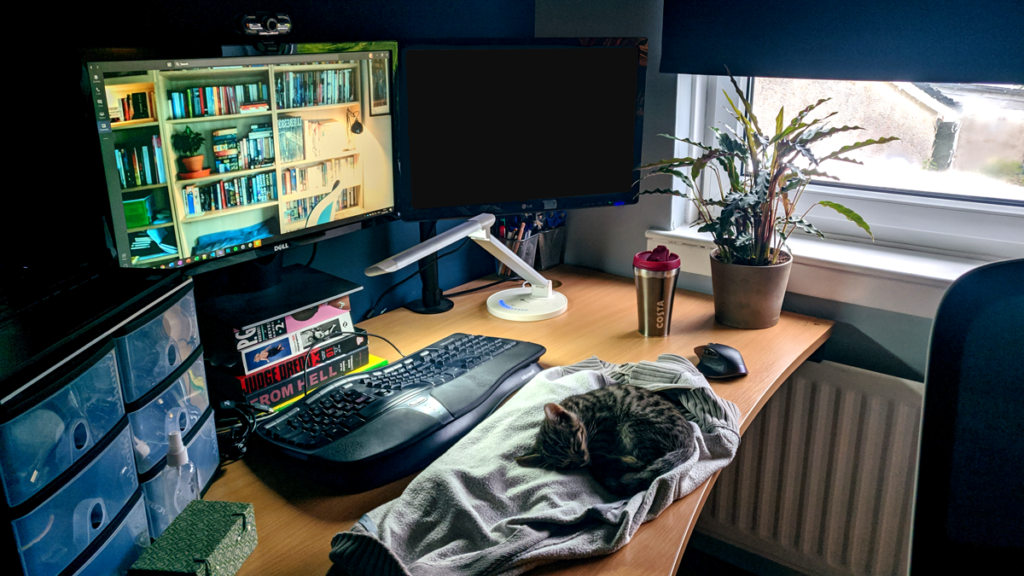
We’re now months into an unprecedented, worldwide, working-from-home experiment. So what have we learned about working remotely? I thought I’d note some lessons learned and best practice which I and my teams at SAS have found useful.
I want to recognise Graham Allan for his part in this. Graham has been working remotely for a long time, so as soon as the prospect of WFH on a permanent basis raised its head, he very kindly jumped on a Hangouts chat to coach me through the prospect, and shared the benefits of his experience. Some of these lessons are variations of ones he passed on to me.
One final note. I take part in, and lead, a number of software development teams. So this advice comes from that place — but I believe the lessons here can apply more broadly to any group of people who need to share information and coordinate efforts towards a shared goal.
Lesson 1 – If a conversation would benefit from being public, make it so
The timely and successful dissemination of information has been one of the key challenges we’ve faced as a historically office-based organisation thrown into our homes.
If you’re talking to someone about a problem, design, etc, and you realise that in “real life”, someone who was overhearing your conversation would have benefited, then maybe make that discussion public on your team’s MSTeams/Slack app instead.
Though private conversations are sometimes useful, the reflex should be towards making information public. As Crucial Conversations would remind us, shared meaning should not be withheld. It robs people of the opportunity to learn, help, or take part in the conversation.
Lesson 2 – Report back on off-channel conversations
A corrolary to the above. Sometimes a conversation will start in a 1-1 meeting, or voice call. Or God forbid, from an in-person chat.
Sometimes a conversation will start on MSTeams/Slack, but move off-channel to a private conversation. It is polite to post “This conversation has gone private” so others aren’t confused by a conversation that just ends mid-way through.
In all these situations make sure you eventually report the results back to your team’s comms app of choice. “FYI Bob and I discussed off-channel. I’ll get started on xyz and Bob will investigate abc.”
Lesson 3 – If a conversation needs to be synchronous, make it so
By all means, make discussion asynchronous when it makes sense. This helps maximise flexibility, and in a global organisation where timezones overlap to varying degrees, this may even be necessary.
But sometimes, a conversation needs to be synchronous. Recognise those situations and act on them. You can save hours of misunderstandings or back-and-forth by picking up the phone (metaphorically) and talking something through in real time.
And when you do…
Lesson 4 – Cameras on
Humans are, pretty much, social creatures. Remote working at its worst can be isolating and reinforce negative ways of communicating. One habit to get into immediately: when you’re in a meeting, cameras on. It’s a facsimile of a real-world meeting, but it’s far far better than just listening to someone’s voice.
We have the technology to look into each others’ eyes as we talk. Make use of it, and watch your interpersonal interactions benefit.